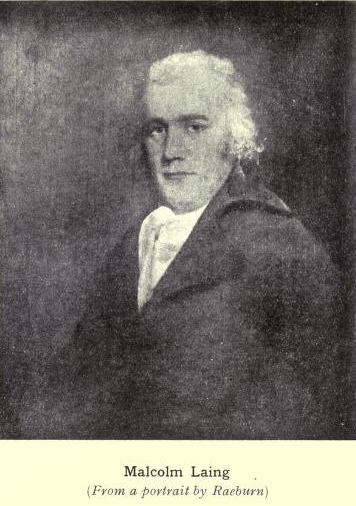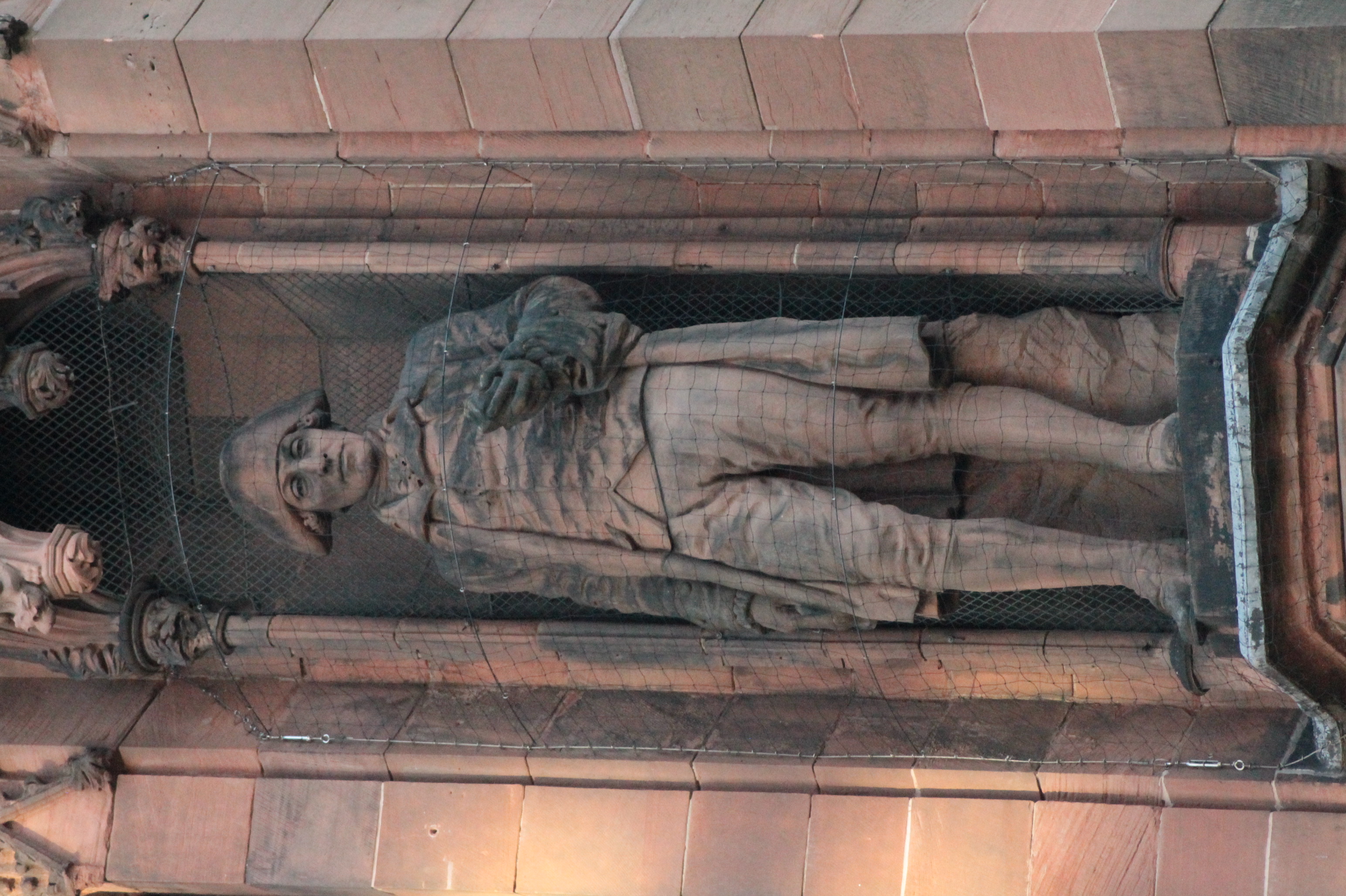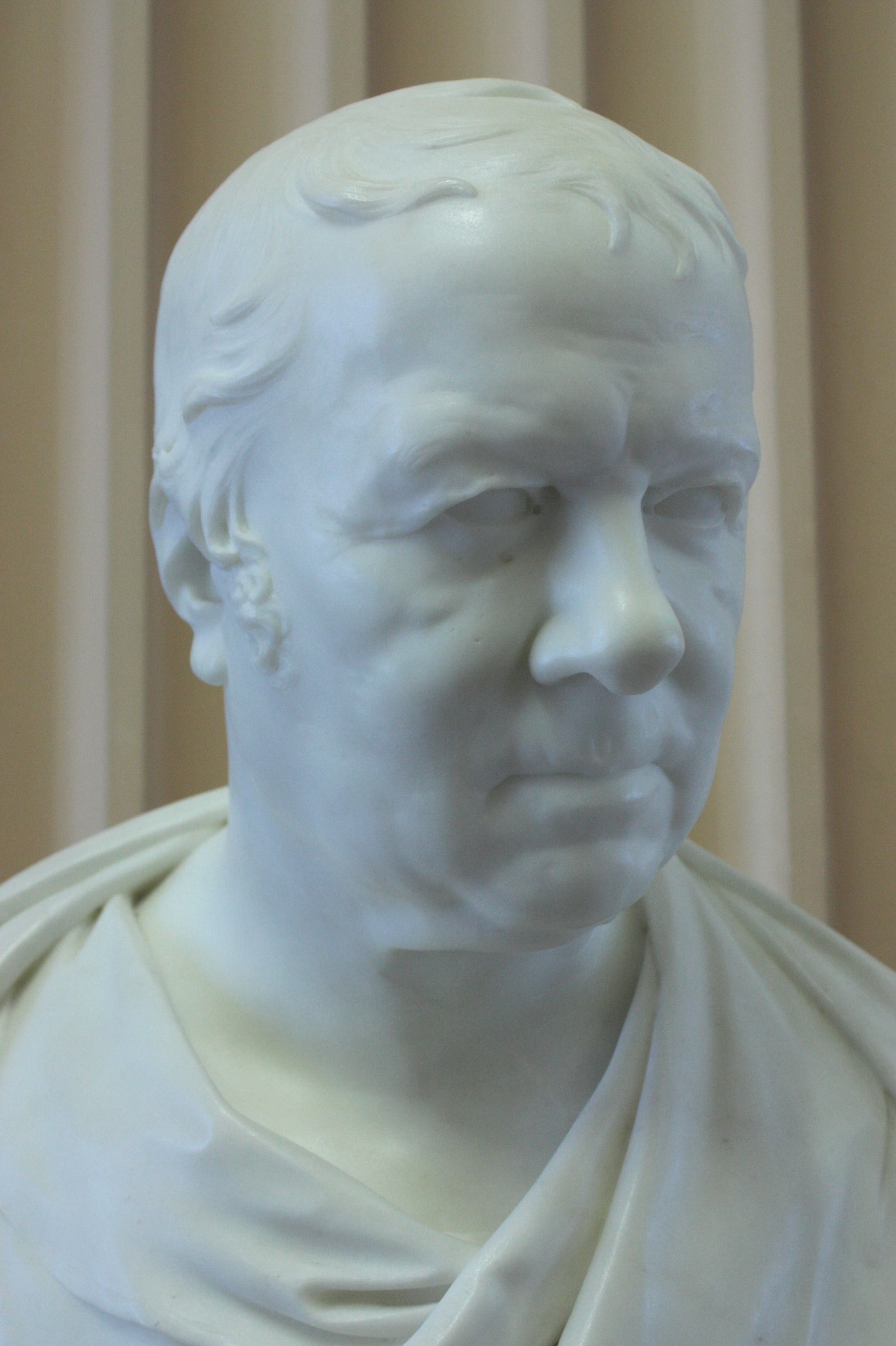|
1802 In Scotland
Events from the year 1802 in Scotland. Incumbents Law officers * Lord Advocate – Charles Hope * Solicitor General for Scotland – Robert Blair Judiciary * Lord President of the Court of Session – Lord Succoth * Lord Justice General – The Duke of Montrose * Lord Justice Clerk – Lord Eskgrove Events * January – Mitchell's Hospital Old Aberdeen admits its first residents. * 2 October – first Start Point lighthouse on Sanday, Orkney, completed by Robert Stevenson. * 10 October – the reforming quarterly ''The Edinburgh Review'' is first published by Archibald Constable. * November – the Royal Philosophical Society of Glasgow is established as the Glasgow Philosophical Society "for the improvement of the Arts and Sciences". * The planned village of Lybster is established by the local landowner, General Patrick Sinclair. * The University of Glasgow Medico-Chirurgical Society is established as a student society. * John Playfair publishes ''Illust ... [...More Info...] [...Related Items...] OR: [Wikipedia] [Google] [Baidu] |
Scotland
Scotland (, ) is a country that is part of the United Kingdom. Covering the northern third of the island of Great Britain, mainland Scotland has a border with England to the southeast and is otherwise surrounded by the Atlantic Ocean to the north and west, the North Sea to the northeast and east, and the Irish Sea to the south. It also contains more than 790 islands, principally in the archipelagos of the Hebrides and the Northern Isles. Most of the population, including the capital Edinburgh, is concentrated in the Central Belt—the plain between the Scottish Highlands and the Southern Uplands—in the Scottish Lowlands. Scotland is divided into 32 administrative subdivisions or local authorities, known as council areas. Glasgow City is the largest council area in terms of population, with Highland being the largest in terms of area. Limited self-governing power, covering matters such as education, social services and roads and transportation, is devolved from the Scott ... [...More Info...] [...Related Items...] OR: [Wikipedia] [Google] [Baidu] |
Edinburgh Review
The ''Edinburgh Review'' is the title of four distinct intellectual and cultural magazines. The best known, longest-lasting, and most influential of the four was the third, which was published regularly from 1802 to 1929. ''Edinburgh Review'', 1755–56 The first ''Edinburgh Review'' was a short-lived venture initiated in 1755 by the Select Society, a group of Scottish men of letters concerned with the Enlightenment goals of social and intellectual improvement. According to the preface of the inaugural issue, the journal's purpose was to "demonstrate 'the progressive state of learning in this country' and thereby to incite Scots 'to a more eager pursuit of learning, to distinguish themselves, and to do honour to their country.'" As a means to these ends, it would "''give a full account'' of all books published in Scotland within the compass of half a year; and ... take some notice of such books published elsewhere, as are most read in this country, or seem to have any title t ... [...More Info...] [...Related Items...] OR: [Wikipedia] [Google] [Baidu] |
William Sharpey
William Sharpey FRS FRSE LLD (1 April 1802 – 11 April 1880) was a Scottish anatomist and physiologist. Sharpey became the outstanding exponent of experimental biology and is described as the "father of British physiology". Early life Sharpey was born in Arbroath on 1 April 1802 the youngest son of the five children Mary Balfour and Henry Sharpy (sic), a shipowner from Folkestone who died before Sharpey was born. William was educated at the high school in Arbroath and in November 1817 began studies at the University of Edinburgh, firstly studying humanities and natural philosophy. In 1818 he moved to the medical classes, learning anatomy from Professor John Barclay, who then was lecturing in the extra-academical school. In 1821 Sharpey graduated with an MB ChB and was admitted a member of the Edinburgh College of Surgeons. He then went to London to broaden his anatomical experience in the private school of Joshua Brookes in Blenheim Street. He went to Paris in the autumn, ... [...More Info...] [...Related Items...] OR: [Wikipedia] [Google] [Baidu] |
1 April
Events Pre-1600 * 33 – According to one historian's account, Jesus Christ's Last Supper is held. * 527 – Byzantine Emperor Justin I names his nephew Justinian I as co-ruler and successor to the throne. *1081 – Alexios I Komnenos overthrows the Byzantine emperor Nikephoros III Botaneiates, and, after his troops spend three days extensively looting Constantinople, is formally crowned on April 4. * 1572 – In the Eighty Years' War, the ''Watergeuzen'' capture Brielle from the Seventeen Provinces, gaining the first foothold on land for what would become the Dutch Republic. 1601–1900 *1789 – In New York City, the United States House of Representatives achieves its first quorum and elects Frederick Muhlenberg of Pennsylvania as its first Speaker. *1833 – The Convention of 1833, a political gathering of settlers in Mexican Texas to help draft a series of petitions to the Mexican government, begins in San Felipe de Austin. *1865 – American ... [...More Info...] [...Related Items...] OR: [Wikipedia] [Google] [Baidu] |
Malcolm Laing
Malcolm Laing (1762 – 6 November 1818) was a Scottish historian, advocate and politician. Life He was born to Robert Laing and Barbara Blaw at the paternal estate of Strynzia or Strenzie, on Stronsay, Orkney; Samuel Laing and Gilbert Laing Meason were his brothers. He attended the grammar school in Kirkwall, and was a student at Edinburgh University. He joined the Speculative Society in 1782. In 1785 Laing was admitted advocate, and from 1789 for five years was advocate for poor litigants. During 1790 he was working on the electoral roll in Orkney, in the Whig interest. In 1794, with Adam Gillies, he defended Joseph Gerrald in his sedition case. Sir James Mackintosh, a friend, regarded Laing's delivery as far too fast, and an impediment to his legal career; Henry Cockburn, Lord Cockburn commented quite positively on his "hard, peremptory, Celtic manner and accent". Laing signed the declaration of the Society of Friends of the People in 1794, and joined the Whig Club. A pers ... [...More Info...] [...Related Items...] OR: [Wikipedia] [Google] [Baidu] |
John Home
Rev John Home FRSE (13 September 1722 – 4 September 1808) was a Scottish minister, soldier and author. His play ''Douglas'' was a standard Scottish school text until the Second World War, but his work is now largely neglected. In 1783 he was one of the joint founders of the Royal Society of Edinburgh. Biography He was born on 13 September 1722 at Ancrum in Roxburghshire, but moved to Leith, near Edinburgh, in early childhood when his father, Alexander Home, a distant relation of the earls of Home, became town clerk. His mother was Christian Hay, the daughter of an Edinburgh lawyer. He was christened on 22 September 1722 John was educated at the Leith Grammar School, and at the University of Edinburgh, where he graduated MA in 1742. Though interested in being a soldier, he studied divinity, and was licensed to preach by the presbytery of Edinburgh in 1745. In the same year he joined as a volunteer against Bonnie Prince Charlie, and was taken prisoner at the Battle of Falkir ... [...More Info...] [...Related Items...] OR: [Wikipedia] [Google] [Baidu] |
James Hutton
James Hutton (; 3 June O.S.172614 June 1726 New Style. – 26 March 1797) was a Scottish geologist, agriculturalist, chemical manufacturer, naturalist and physician. Often referred to as the father of modern geology, he played a key role in establishing geology as a modern science. Hutton advanced the idea that the physical world's remote history can be inferred from evidence in present-day rocks. Through his study of features in the landscape and coastlines of his native Scottish lowlands, such as Salisbury Crags or Siccar Point, he developed the theory that geological features could not be static but underwent continuing transformation over indefinitely long periods of time. From this he argued, in agreement with many other early geologists, that the Earth could not be young. He was one of the earliest proponents of what in the 1830s became known as uniformitarianism, the science which explains features of the Earth's crust as the outcome of continuing natural processes ... [...More Info...] [...Related Items...] OR: [Wikipedia] [Google] [Baidu] |
Edinburgh
Edinburgh ( ; gd, Dùn Èideann ) is the capital city of Scotland and one of its 32 Council areas of Scotland, council areas. Historically part of the county of Midlothian (interchangeably Edinburghshire before 1921), it is located in Lothian on the southern shore of the Firth of Forth. Edinburgh is Scotland's List of towns and cities in Scotland by population, second-most populous city, after Glasgow, and the List of cities in the United Kingdom, seventh-most populous city in the United Kingdom. Recognised as the capital of Scotland since at least the 15th century, Edinburgh is the seat of the Scottish Government, the Scottish Parliament and the Courts of Scotland, highest courts in Scotland. The city's Holyrood Palace, Palace of Holyroodhouse is the official residence of the Monarchy of the United Kingdom, British monarchy in Scotland. The city has long been a centre of education, particularly in the fields of medicine, Scots law, Scottish law, literature, philosophy, the sc ... [...More Info...] [...Related Items...] OR: [Wikipedia] [Google] [Baidu] |
John Playfair
John Playfair FRSE, FRS (10 March 1748 – 20 July 1819) was a Church of Scotland minister, remembered as a scientist and mathematician, and a professor of natural philosophy at the University of Edinburgh. He is best known for his book ''Illustrations of the Huttonian Theory of the Earth'' (1802), which summarised the work of James Hutton. It was through this book that Hutton's principle of uniformitarianism, later taken up by Charles Lyell, first reached a wide audience. Playfair's textbook ''Elements of Geometry'' made a brief expression of Euclid's parallel postulate known now as Playfair's axiom. In 1783 he was a co-founder of the Royal Society of Edinburgh. He served as General Secretary to the society 1798–1819. Life Born at Benvie, slightly west of Dundee to Margaret Young (1719/20 – 1805) and Reverend James Playfair (died 1772), the kirk minister of Liff and Benvie. Playfair was educated at home until the age of 14, when he entered the University of St Andrews to ... [...More Info...] [...Related Items...] OR: [Wikipedia] [Google] [Baidu] |
University Of Glasgow Medico-Chirurgical Society
The University of Glasgow Medico-Chirurgical Society is a student society at the University of Glasgow which organises social and educational events for medical students at the University. The President for 2023/24 is Jarrar Khan. History Founded in 1802, Med-Chir is one of the oldest medical societies in Scotland The society was formed twelve years before practising physicians and surgeons in Glasgow began to meet for formal instruction. It is one of the oldest societies in the University and was instrumental in founding the Glasgow University Union in 1890, along with the Glasgow University Dialectic Society, Comunn Oiseanach Oilthigh Ghlaschu, and Glasgow University Athletic Club. It retains close ties with the Glasgow University Union. In 1936, the society arranged an excursion to Hamburg, Berlin and London. Activities The University of Glasgow Medico-Chirurgical Society, AKA MedChir, is one of Glasgow University’s longest running societies and has been making Thursday ... [...More Info...] [...Related Items...] OR: [Wikipedia] [Google] [Baidu] |
Patrick Sinclair
Patrick may refer to: * Patrick (given name), list of people and fictional characters with this name * Patrick (surname), list of people with this name People * Saint Patrick (c. 385–c. 461), Christian saint *Gilla Pátraic (died 1084), Patrick or Patricius, Bishop of Dublin * Patrick, 1st Earl of Salisbury (c. 1122–1168), Anglo-Norman nobleman * Patrick (footballer, born 1983), Brazilian right-back *Patrick (footballer, born 1985), Brazilian striker *Patrick (footballer, born 1992), Brazilian midfielder * Patrick (footballer, born 1994), Brazilian right-back *Patrick (footballer, born May 1998), Brazilian forward *Patrick (footballer, born November 1998), Brazilian attacking midfielder * Patrick (footballer, born 1999), Brazilian defender * Patrick (footballer, born 2000), Brazilian defender *John Byrne (Scottish playwright) (born 1940), also a painter under the pseudonym Patrick *Don Harris (wrestler) (born 1960), American professional wrestler who uses the ring name Patrick ... [...More Info...] [...Related Items...] OR: [Wikipedia] [Google] [Baidu] |
Lybster
Lybster (, gd, Liabost) is a village on the east coast of Caithness in northern Scotland. It was once a big herring fishing port. The Waterlines heritage museum is located in Lybster Harbour and provides information on the history and geology of Lybster. A small number of crab fishing boats also operate from Lybster Harbour. Lybster lies at the end of the tenth stage of the John o' Groats Trail, a long-distance walking trail from Inverness to John o' Groats. History Lybster owes its origin to the fishing industry. A wooden pier was built in 1790 for use by the fishing boats. The village was founded in 1802 as a planned village by the local landowner, General Patrick Sinclair and his sons continued with its development. By 1859 some 357 boats operated from the harbour, making it the third busiest fishing port in Scotland, only exceeded by Wick and Fraserburgh. By this time there were some 1500 fishermen at sea, and other servicing the industry on land. Lybster railway station w ... [...More Info...] [...Related Items...] OR: [Wikipedia] [Google] [Baidu] |







